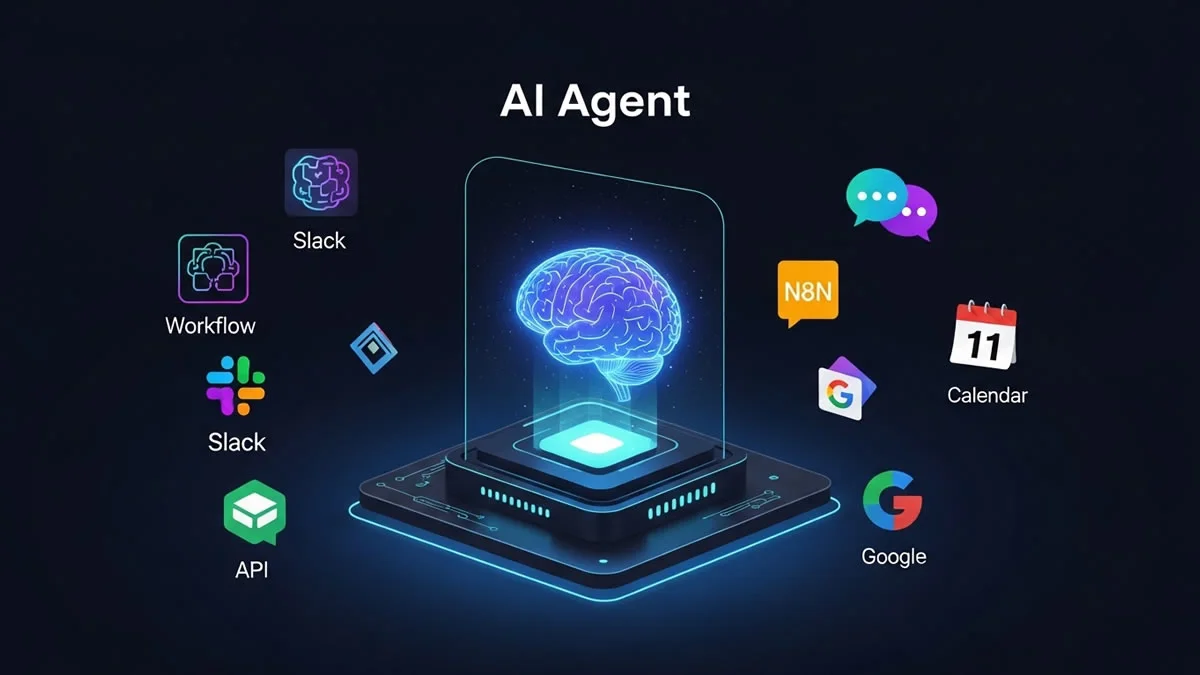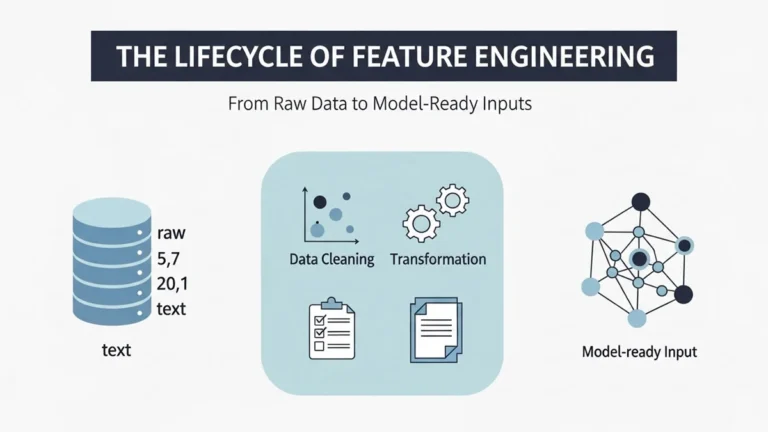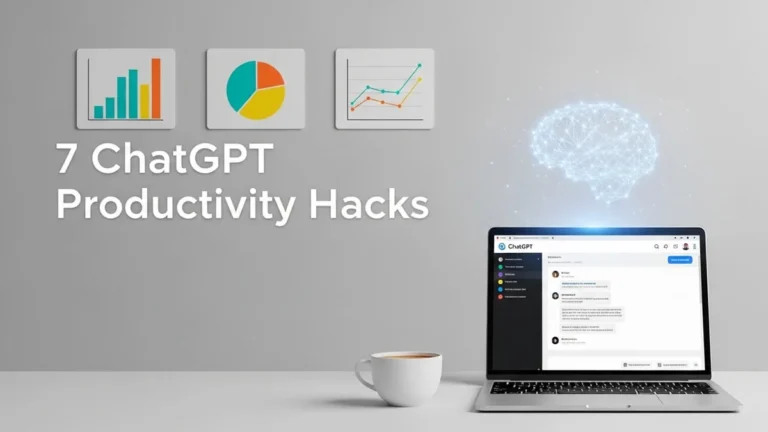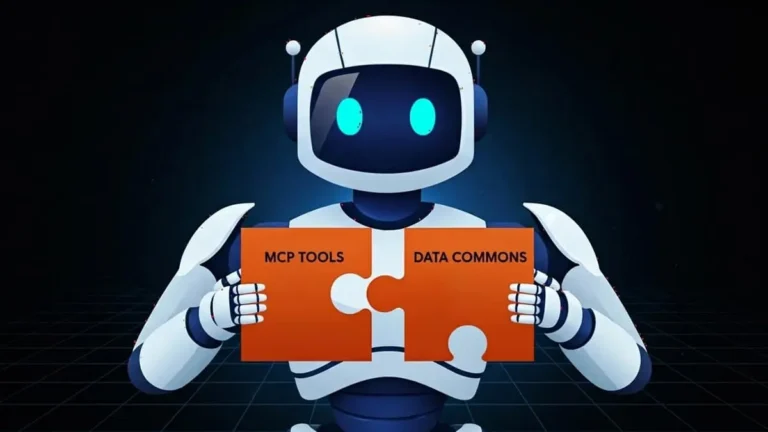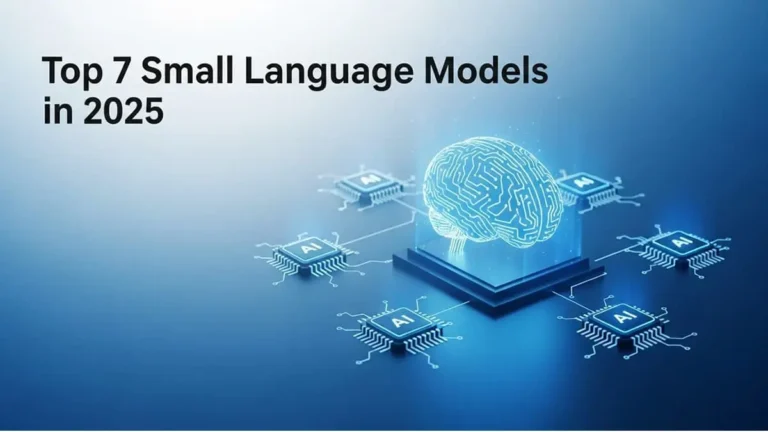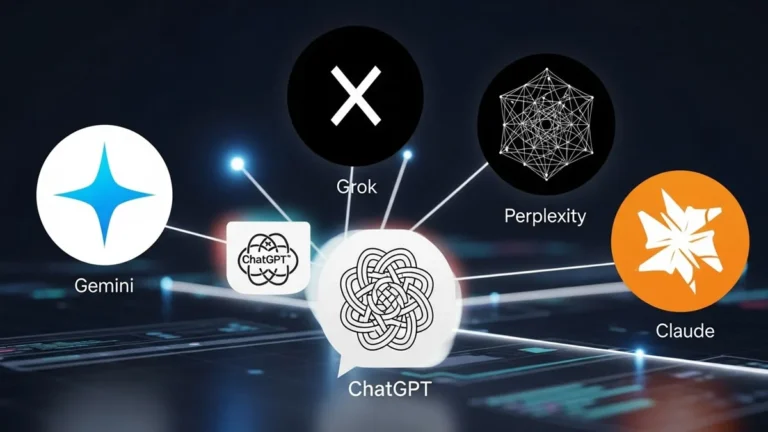Create Your First AI Agent Assistant Without Writing Any Code
Imagine having a virtual companion that never rests, learns from every conversation, and can complete duties with accuracy, all without you needing to write any single script. Sounds futuristic? It’s not. The growth of no-code systems like n8n has made it achievable for anyone, regardless of technical background, to design their personal AI agent.
Whether it’s a chatbot that replies to customer questions, a research helper that scans massive amounts of information, or a productivity system that organizes your tasks, these intelligent platforms are no longer reserved for corporations or developers. The greatest part? You don’t need to be a coder to bring these concepts to reality. With a few straightforward steps, you can construct your first AI assistant and watch it revolutionize how you operate and interact with technology.
This article walks you through the essentials of creating an AI assistant from the start using user-friendly, no-code utilities. You’ll discover how to merge strong AI engines like ChatGPT, set up processes, and apply safety rules to make sure your agent is both useful and moral. Along the journey, you’ll learn how to fine-tune instructions, manage outputs, and even integrate memory for customized responses.
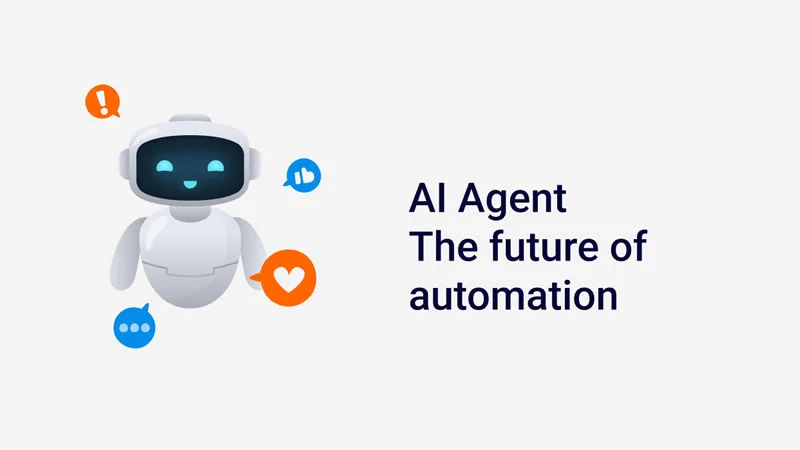
Whether you’re hoping to simplify repeated chores or design a solution that boosts imagination, this exploration into AI creation will unlock a range of opportunities. So, what might your first AI assistant achieve for you? Let’s examine the answer jointly.
Building No-Code AI Agents
TL;DR Key Insights:
- AI agents are intelligent programs crafted to execute particular functions, such as customer service, research guidance, and task management, using AI models, resources, and automated workflows.
- Key elements of AI agents include neural models, action-performing tools, memory units, voice/audio features, protective frameworks, and orchestration controls for improved functioning.
- No-code systems like n8n allow users to design and release AI assistants by shaping processes, linking AI models, refining prompts, and automating results.
- Protective guardrails, such as content analysis, error responses, and ethical standards, are vital to ensure credible, precise, and moral behavior in AI systems.
- Constant progress through launch, evaluation, performance monitoring, and audience input ensures AI agents remain effective, modern, and aligned with individual expectations over the years.
What Are AI Agents?
AI agents are intelligent applications built to handle specific jobs or achieve set goals on behalf of end users. These platforms use artificial intelligence frameworks, utilities, and automated routines to provide efficient, tailored solutions. Typical illustrations of AI assistants involve:
- Customer Support Chatbots: Automating answers to client inquiries and boosting help efficiency.
- Research Helpers: Collecting, examining, and condensing details from different sources.
- Personal Task Tools: Controlling timetables, reminders, and job prioritization to improve everyday efficiency.
The usefulness of an AI agent is defined by its fundamental components, such as AI frameworks, execution resources, and security structures. Grasping these elements is essential to developing a dependable and capable system.
Core Components of an AI Agent
Each AI assistant is created with essential building parts that empower it to operate effectively. Here’s a summary of these important elements:
- AI Frameworks: Act as the “mind” of the agent, managing inputs and generating intelligent interactions. Popular versions include ChatGPT, Claude, and Gemini.
- Utilities: APIs, databases, and schedules that permit the agent to perform functions such as finding details, booking meetings, or delivering messages.
- Knowledge and Memory: Units that enable the system to keep session history and utilize relevant bases, ensuring contextual and individualized communication.
- Voice and Speech: Features like voice-to-text and text-to-speech that help natural dialogue with individuals.
- Guardrails: Safety protocols created to guarantee moral, correct, and suitable actions in every conversation.
- Orchestration: Structures for rolling out, observing, and refining the agent’s processes to keep the best results.
Through merging these components, you can design an AI assistant suited to user demands while keeping efficiency and reliability.
Want to learn more about boosting productivity with AI? Check out these helpful resources:
Building an AI Agent with n8n
Solutions like n8n simplify the procedure of producing AI assistants by providing visual, no-code tools for automation and connection. Below is a clear roadmap for creating your own AI assistant:
- Map Workflows: Begin by planning the agent’s jobs. Utilize triggers and entry forms to capture details and initiate processes.
- Attach AI Models: Link AI frameworks such as ChatGPT to analyze inputs and create smart replies.
- Add Utilities: Combine APIs or other instruments to allow task performance, such as acquiring information or fixing appointments.
- Refine Prompts: Write straightforward and accurate instructions to guide the agent’s behavior and secure correct replies.
- Embed Memory: Arrange storage systems to maintain session knowledge, allowing context-driven and tailored interactions.
- Shape Outputs: Program the assistant to provide results in multiple forms, such as written recaps, graphs, or audio versions.
- Automate Delivery: Create routes to deliver outcomes to people via email, chat applications, or other channels.
This planned approach ensures that your AI agent is practical and user-focused, making it a valuable solution for various applications.
Ensuring Safety with Guardrails
Security and dependability are central considerations when building an AI system. Guardrails protect against harmful, biased, or improper responses while ensuring ethical behavior. Key methods for building guardrails include:
- Content Filters: Employ detectors to recognize and block unsuitable phrases, falsehoods, or other harmful content.
- Error Recovery: Design strategies to detect and solve process failures, ensuring the agent stays operational and trustworthy.
- Moral Policies: Configure the system to respect ethical codes, avoiding activities that might risk individuals or break privacy.
By embedding these safeguards, you can develop an AI agent people can depend on for precise and responsible support.
Orchestration and Continuous Improvement
Once your AI assistant is active, regular supervision and updating are crucial to guarantee maximum efficiency. Here’s how to coordinate and enhance your agent:
- Rollout: Release the assistant for actual usage, ensuring smooth connection with present workflows and platforms.
- Examination: Perform detailed testing to review the assistant’s actions, locate possible issues, and apply essential changes.
- Performance Tracking: Observe primary metrics such as accuracy, satisfaction levels, and completion rates to measure success.
- User Feedback: Gather input from people to locate weak points and apply upgrades that strengthen the assistant’s functions.
This repeating method ensures your AI system stays powerful, relevant, and aligned with individual demands long-term.
Practical Application: Research and Learning Assistant
A very useful and impactful version of an AI assistant is as a research and study companion. This type of system can:
- Collect details from various references, such as journals, websites, or databases.
- Condense difficult knowledge into short, easy-to-digest outcomes.
- Convert text digests into audio files for handy, mobile listening.
By merging utilities such as APIs for data search and text-to-speech frameworks, you can develop a multi-purpose helper that enhances efficiency and promotes continuous learning.
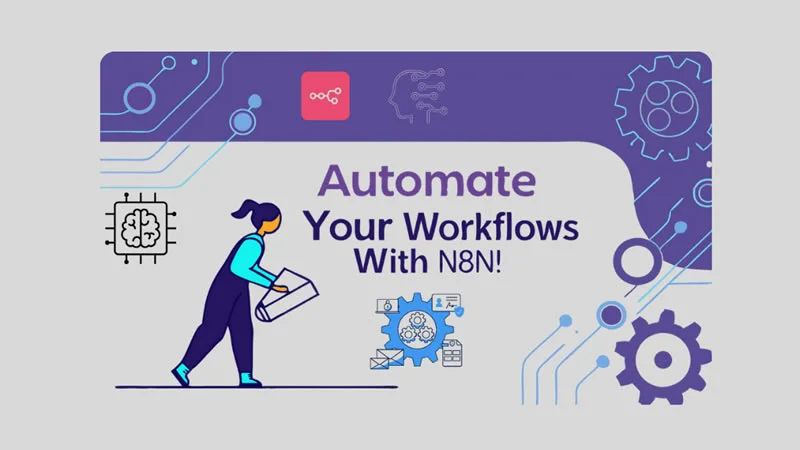
Expanding Potential for Future Use
As your AI system develops, think about adding advanced features to extend its strength and audience experience. Possible improvements involve:
- Better Interfaces: Build visually attractive dashboards and simple controls for effortless interaction.
- Wider Integrations: Insert support for more APIs, services, and platforms to increase system abilities.
- Tailored Options: Provide facilities such as downloadable documents, deeper analytics, or cross-language support to serve broad audiences.
These enhancements can dramatically raise the assistant’s value, making it a stronger and more dynamic solution for consumers.
Bringing Your AI Assistant to Reality
Creating an AI assistant without programming is now a reachable possibility, thanks to services like n8n. By knowing the main components, installing safety rules, and using orchestration controls, you can build a dependable and useful digital helper. Whether your goal is a research system, a support bot, or a task optimizer, the opportunities are immense. Start today and unlock the capability of AI to transform how you function and interact with digital systems.

